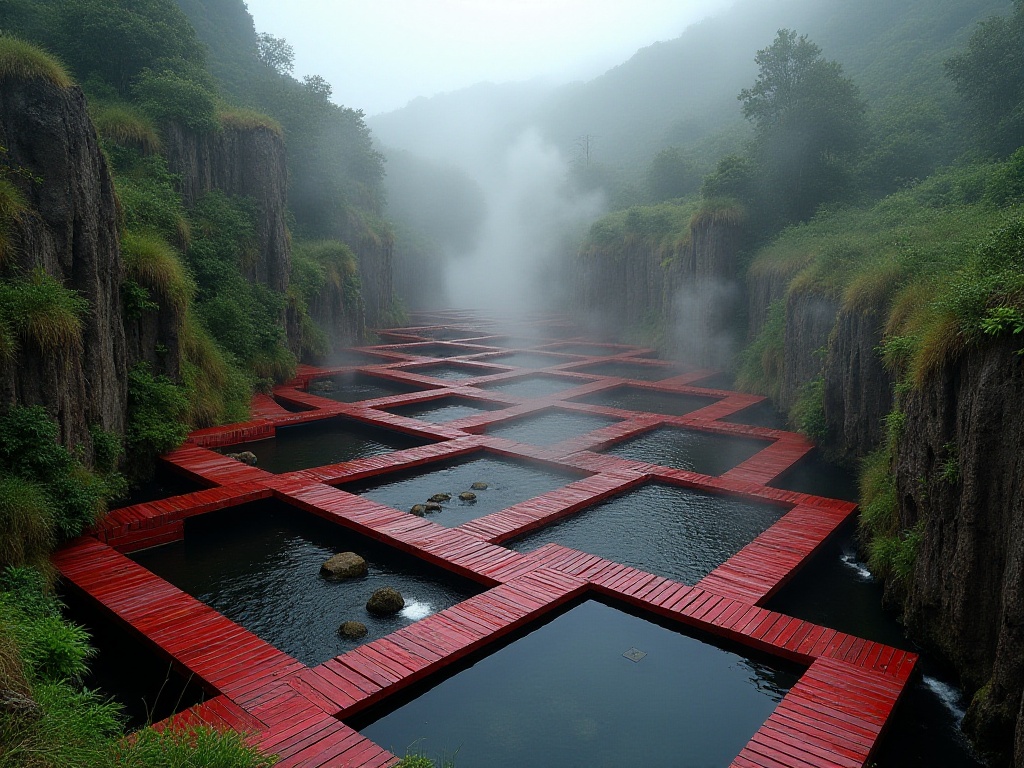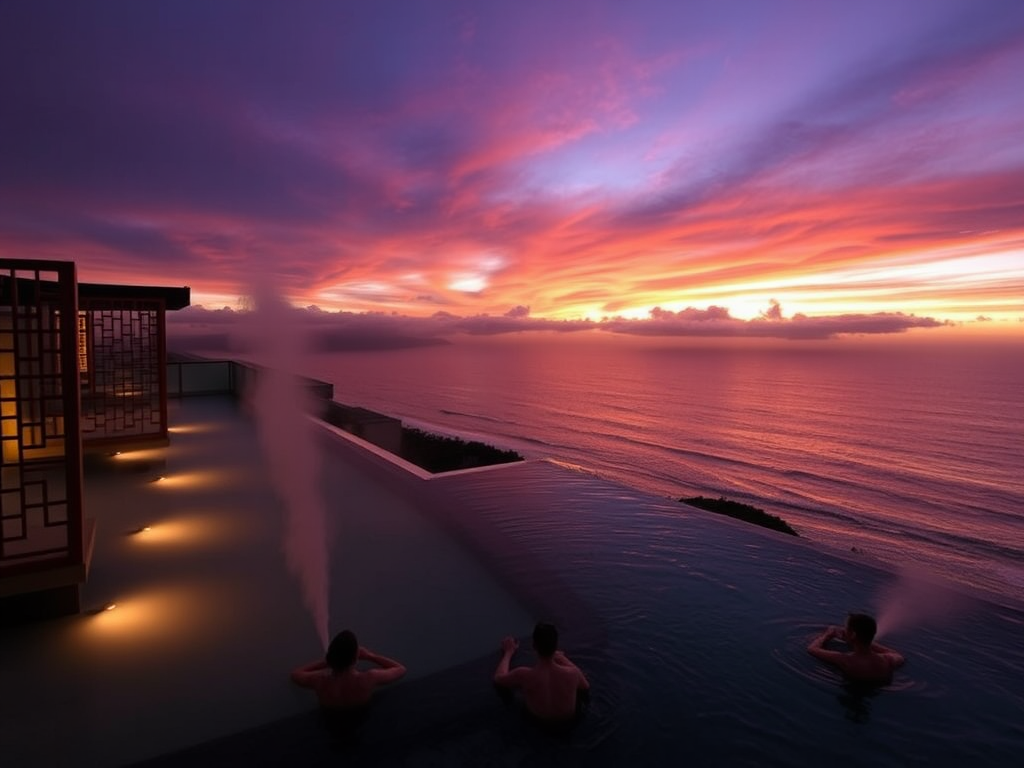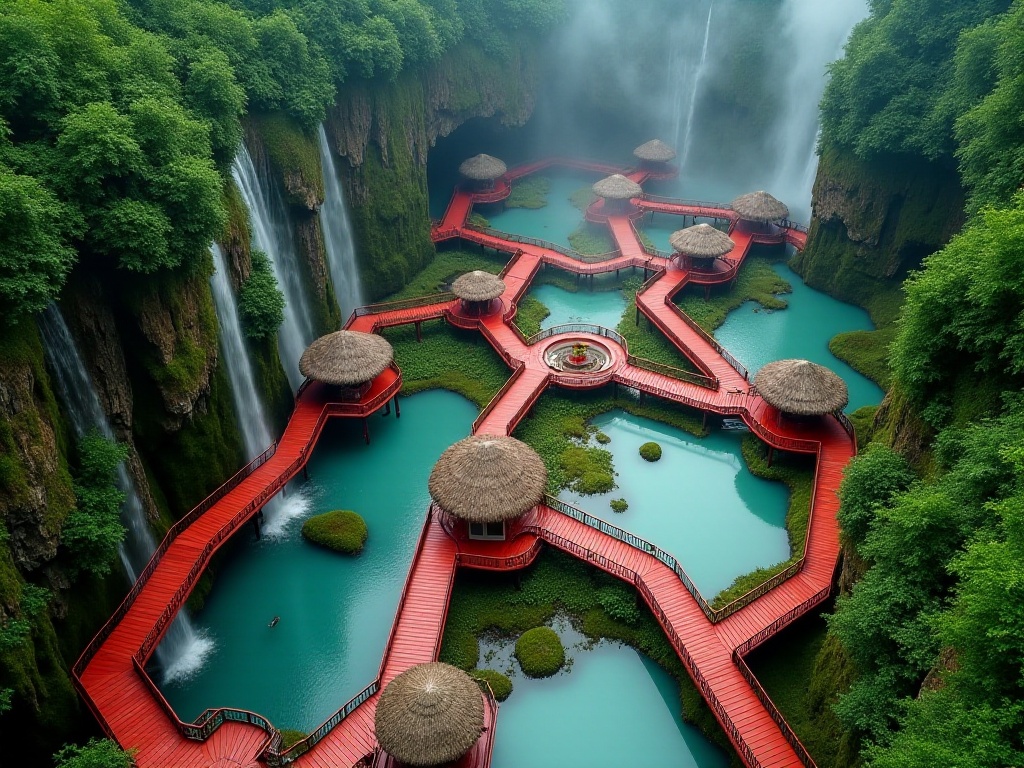Introduction
Hey, travel enthusiasts. As an experienced onsen enthusiast who has bathed in at least 50 hot springs in Japan, I want to share a very practical topic with you today - Japanese onsen. Did you know? Japan has approximately 27,000 hot spring sources and over 3,000 hot spring inns nationwide. With so many choices, how do you select the one that's best for you?
Around Tokyo
For first-time visitors to Japan, hot springs around Tokyo are the perfect choice. Why? Because these hot springs are not only easily accessible but also well-equipped, making them ideal for tourists experiencing Japanese bath culture for the first time.
Speaking of hot springs around Tokyo, I highly recommend Oyadao Onsen Myojin no Yu. I remember being captivated by its strong Japanese atmosphere when I first visited. The entire bathhouse is built with Aomori Prefecture's specialty cypress wood, and the subtle woody fragrance combined with the hot spring steam provides a double treat for body and mind.
The outdoor bath is my favorite spot. Can you imagine soaking in a 40-degree hot spring in cold winter, watching snowflakes slowly melt? They also have steam saunas and dry saunas, allowing you to experience different hot spring wellness methods.
If you want to experience an authentic old Tokyo bathhouse, Musashikoyama Onsen Shimizu Yu is definitely worth visiting. Established in 1923, it preserves the most traditional Japanese public bath culture. What's special here is that they offer two types of natural hot springs: black bath and golden bath. The black bath is rich in minerals and is said to be particularly good for the skin. It's also very affordable, costing only around 500 yen. I make time to visit whenever I'm in Tokyo because my skin feels especially smooth afterward.
Exploring Hakone
When it comes to the most famous hot spring area near Tokyo, Hakone is a must-mention. Its uniqueness lies in its location - at the foot of Mount Fuji. Did you know? While soaking in Hakone's outdoor hot springs, you might be lucky enough to admire Mount Fuji's magnificent views while enjoying the warmth of the spring.
Hakone has a particularly rich variety of hot springs, including sulfur springs, chloride springs, and carbonate springs. Each type has its unique benefits - for example, sulfur springs are especially effective for skin conditions, while carbonate springs can improve blood circulation. I suggest choosing a hot spring inn with a view of Lake Ashi, soaking in the hot spring at dusk while enjoying the sunset - it's truly one of life's great pleasures.
Kansai Charm
If Tokyo area hot springs feel like a perfect blend of modern and traditional, then the Kansai region's hot springs retain more of ancient Japan's charm. Arima Onsen, in particular, is one of Japan's oldest hot springs.
What makes Arima Onsen special is its "golden bath" and "silver bath." The golden bath has a tea-brown color, rich in iron and salt; the silver bath is colorless and transparent, rich in carbonic acid and radium. The two types of springs offer completely different effects and experiences. I particularly like the golden bath - although its color might look intimidating, it leaves your skin incredibly smooth afterward.
When it comes to hot spring towns with the most traditional Japanese atmosphere, Kinosaki Onsen takes the crown. Here, you can walk the ancient streets wearing a yukata and wooden sandals. The town has seven public bathhouses, each with its own characteristics. They now thoughtfully provide English service and free Wi-Fi, making it very friendly for foreign tourists.
Bathing Guide
After discussing so many hot springs, let me share some bathing tips. First, different spring types have different benefits. For example, calcium sulfate springs are good for arthritis, while sodium chloride springs are better for relieving fatigue. So choose your hot spring based on your needs.
Second, bathing time is important. Generally, it's recommended not to exceed 15 minutes at a time, with appropriate breaks in between. My habit is to soak for 5 minutes, take a break, then continue. This way, you can fully enjoy the benefits of the hot spring without straining your body.
Finally, it's particularly important to stay hydrated before and after bathing. Many people don't realize that you sweat while soaking in hot springs, and dehydration can occur if you don't replenish fluids promptly.
Conclusion
After reading this, has it sparked your interest in experiencing Japanese hot springs? Hot springs aren't just a form of leisure but also an excellent window into experiencing Japanese culture. If you're planning to visit Japanese hot springs, feel free to share your thoughts in the comments - I'm happy to provide more advice.
Remember, choose the right hot spring for you, follow proper bathing methods, and make every hot spring trip a memorable experience. So, which hot spring would you most like to experience?







